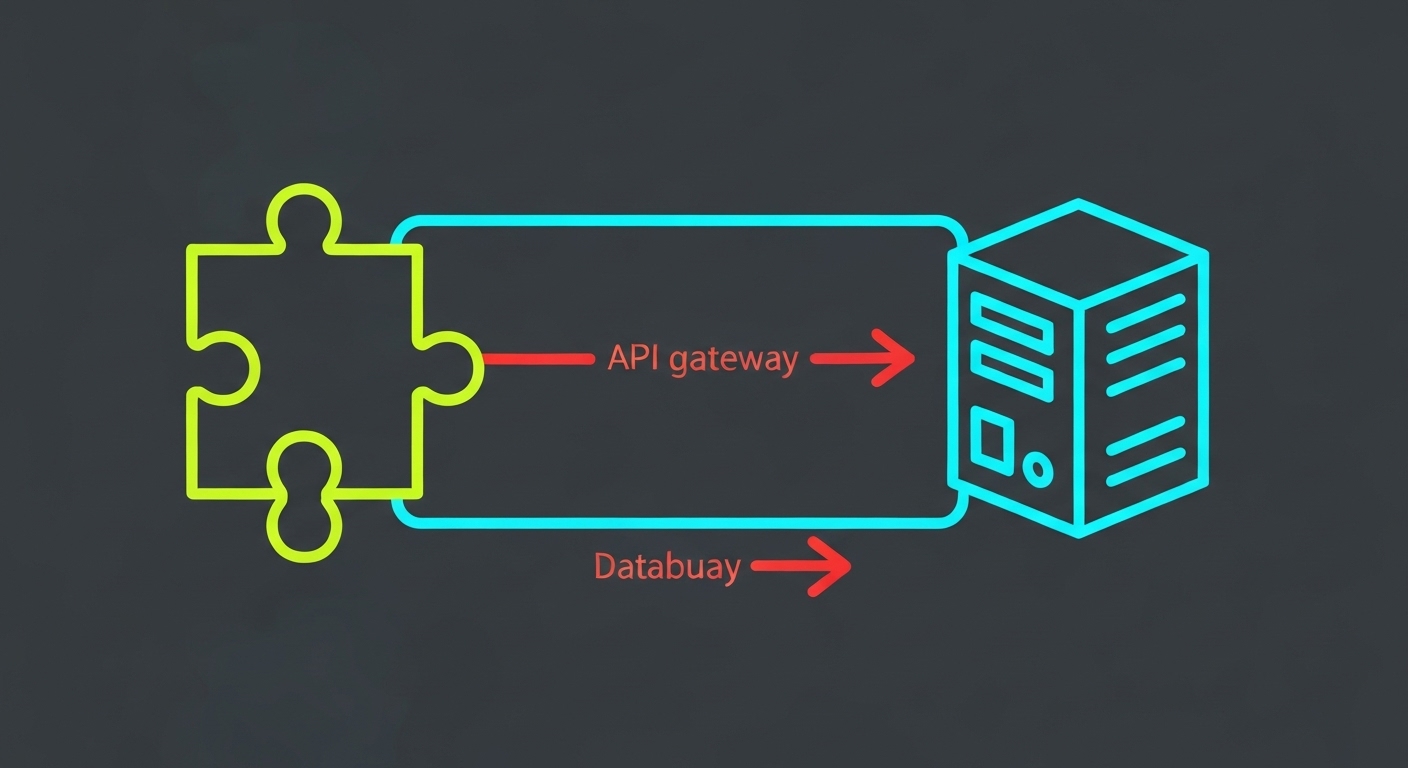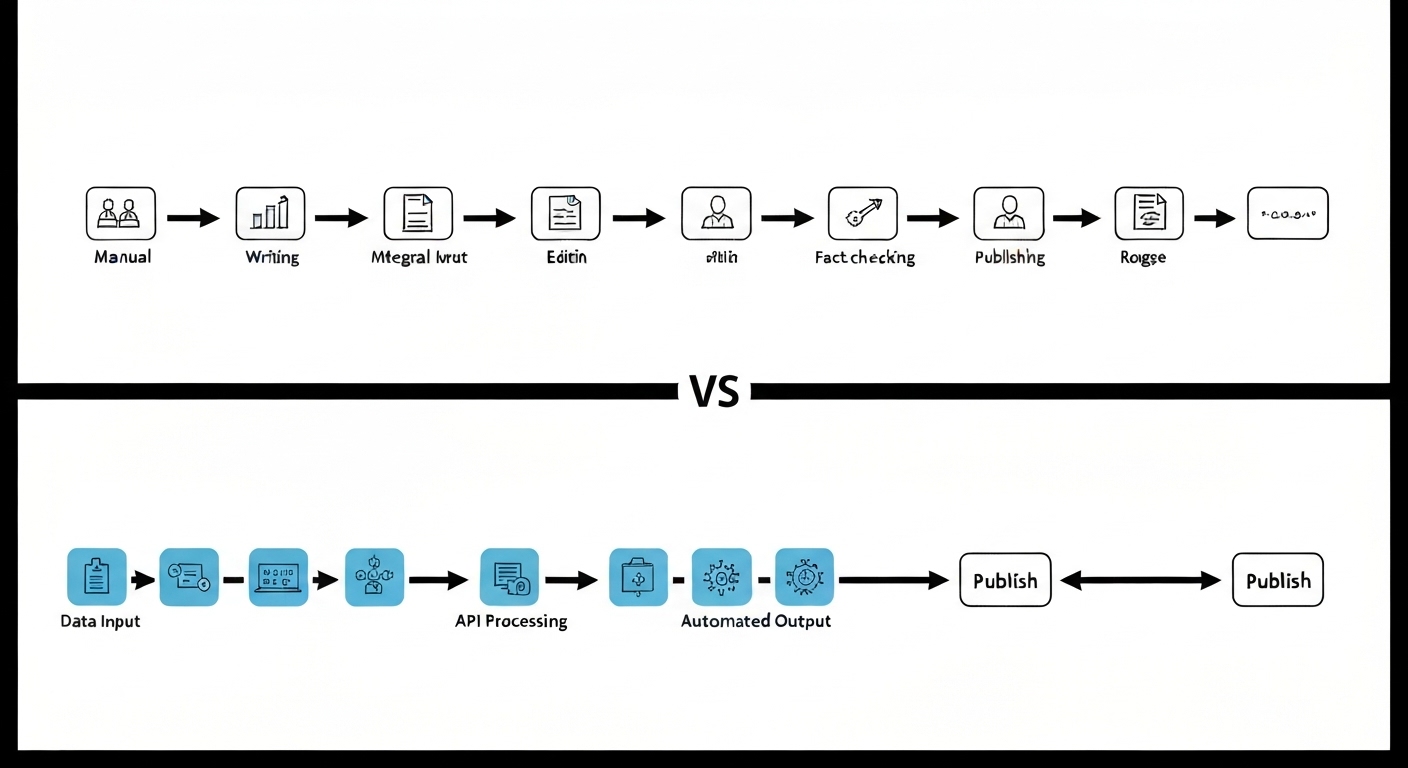Machine Learning APIs for Developers : A Comprehensive Guide
Machine learning apis for developers are revolutionizing software development, allowing for the seamless integration of artificial intelligence into various applications. This article explores the best machine learning APIs, providing developers with the knowledge needed to choose the right tools for their projects.
Understanding Machine Learning APIs
Machine learning APIs enable developers to access pre-trained machine learning models and algorithms without requiring extensive expertise in machine learning. These APIs handle complex tasks such as data processing, model training, and prediction, making AI accessible to a broader range of developers. They provide a simplified interface for integrating AI functionality into existing applications.

Key Benefits of Using Machine Learning APIs
Leveraging machine learning APIs offers several advantages:
- Reduced Development Time: Pre-trained models eliminate the need for training from scratch.
- Cost-Effectiveness: Pay-as-you-go pricing models make AI accessible to small and large businesses.
- Scalability: Cloud-based APIs can handle large volumes of data and user requests.
- Accessibility: Developers can integrate AI without deep machine learning knowledge.
Reduced Development Time and Faster Deployment
By utilizing readily available, pre-trained models, developers can significantly cut down the time required to implement AI functionalities. This allows for faster deployment and quicker iteration on new features.

Cost-Effective AI Solutions
Machine learning APIs often operate on a pay-per-use basis, making them a cost-effective solution for businesses of all sizes. This model allows organizations to scale their AI usage based on their specific needs and budget.
Types of Machine Learning APIs
Machine learning APIs can be categorized based on their functionality:
- Computer Vision APIs: For image recognition, object detection, and facial analysis.
- Natural Language Processing (NLP) APIs: For text analysis, sentiment analysis, and language translation.
- Speech Recognition APIs: For converting speech to text.
- Recommendation APIs: For providing personalized recommendations.
- Time Series Analysis APIs: For predicting future values based on historical data.
Computer Vision APIs for Image Analysis
These APIs allow applications to “see” and interpret images, enabling features like facial recognition, object detection, and image classification. They are widely used in security systems, autonomous vehicles, and social media platforms.

Natural Language Processing (NLP) APIs for Text Understanding
NLP APIs provide the capability to understand and process human language. They are used for tasks such as sentiment analysis, language translation, and text summarization, which are essential for chatbots, content moderation, and market research.
Popular Machine Learning API Providers
Several companies offer powerful machine learning APIs:
- Google Cloud AI
- Amazon AI
- Microsoft Azure AI
- IBM Watson
Google Cloud AI Platform
Google Cloud AI offers a suite of machine learning APIs, including Cloud Vision API, Natural Language API, and Translation API. These are popular choices for developers seeking robust and scalable AI solutions. Flash Cloud offers services to help integrate these APIs into your projects.
Amazon AI Services
Amazon AI provides services like Amazon Rekognition for image and video analysis, Amazon Comprehend for NLP, and Amazon Polly for text-to-speech conversion. These services are deeply integrated with the AWS ecosystem.

Integrating Machine Learning APIs into Your Applications
Integrating these APIs typically involves the following steps:
- Obtain API Keys: Sign up with the provider and obtain API keys for authentication.
- Choose an SDK: Select the appropriate SDK for your programming language.
- Make API Calls: Use the SDK to make API calls, sending data and receiving results.
- Handle Responses: Parse the API responses and integrate the results into your application.
Choosing the Right Machine Learning SDK
Selecting the appropriate SDK for your programming language simplifies the process of making API calls and handling responses. Most providers offer SDKs for popular languages like Python, Java, and JavaScript.
Best Practices for API Integration
Follow best practices to ensure smooth and efficient API integration:
- Handle Errors: Implement robust error handling to gracefully manage API failures.
- Rate Limiting: Respect API rate limits to avoid being throttled.
- Secure Credentials: Store API keys securely to prevent unauthorized access.
- Monitor Usage: Track API usage to optimize costs and identify potential issues.
Use Cases for Machine Learning APIs
Machine learning APIs are used in a wide range of applications:
- E-commerce: Product recommendations and personalized shopping experiences.
- Healthcare: Disease diagnosis and treatment planning.
- Finance: Fraud detection and risk assessment.
- Marketing: Targeted advertising and customer segmentation.
- Customer Service: Chatbots and automated support.
Machine Learning APIs in E-commerce
E-commerce platforms leverage machine learning APIs to provide personalized product recommendations, improve search relevance, and detect fraudulent transactions, ultimately enhancing the customer experience and boosting sales.
Transforming Healthcare with AI APIs
In healthcare, machine learning APIs are used for tasks such as analyzing medical images for early disease detection, predicting patient outcomes, and personalizing treatment plans, leading to better patient care and improved efficiency.

Future Trends in Machine Learning APIs
The field of machine learning APIs is constantly evolving. Future trends include:
- Edge Computing: Deploying APIs on edge devices for faster and more responsive AI.
- AutoML: Automated machine learning for easier model creation and deployment.
- Explainable AI (XAI): APIs that provide insights into how AI models make decisions.
- Specialized APIs: APIs tailored to specific industries and use cases.
The Rise of AutoML and its Impact on Developers
AutoML platforms are making machine learning more accessible to developers by automating tasks such as feature engineering, model selection, and hyperparameter tuning. This allows developers to focus on integrating AI into their applications without needing deep expertise in machine learning.
Explainable AI (XAI) for Transparency
As AI becomes more prevalent, the need for transparency and accountability is growing. Explainable AI (XAI) APIs provide insights into how AI models make decisions, helping developers and users understand and trust the results.
Conclusion
Machine learning apis for developers are essential tools for integrating AI into modern applications. By understanding the different types of APIs, popular providers, and best practices for integration, developers can leverage the power of AI to create innovative and intelligent solutions. As the field continues to evolve, staying informed about the latest trends and technologies is crucial for success. The National Institute of Standards and Technology provides valuable resources for understanding AI risks: nist.gov
HOTLINE
+84372 005 899


